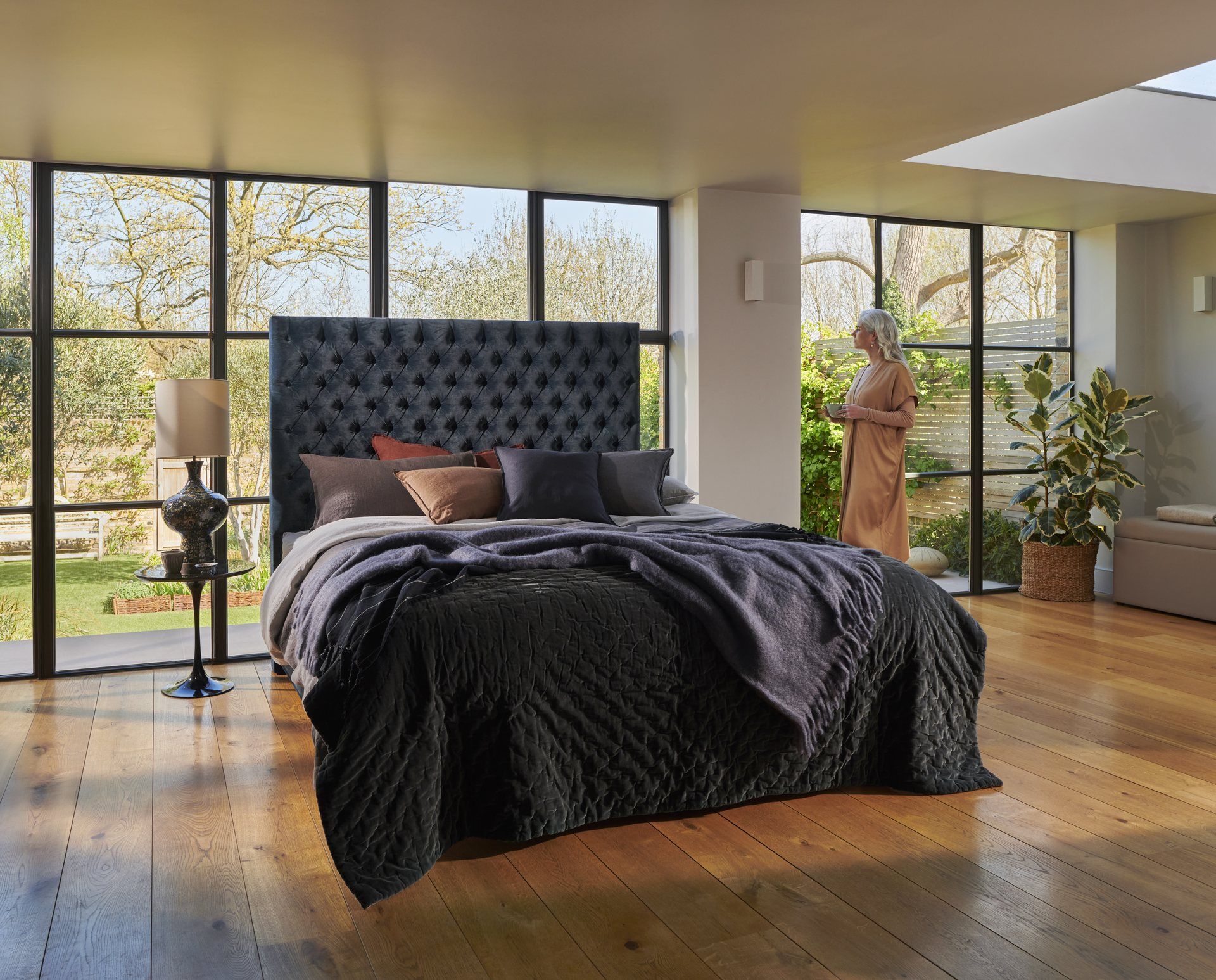Creating a Sleep-Friendly Home in the City
Living in an urban environment often presents unique challenges to achieving quality sleep. This article explores practical strategies for creating a restful home atmosphere amidst the hustle and bustle of city life, focusing on soundproofing, bedroom design, and calming routines. Discover how to transform your urban living space into a sanctuary for better sleep.
Understanding Urban Sleep Challenges
Urban dwellers frequently face a myriad of obstacles when it comes to achieving a peaceful night's sleep. Noise pollution, light disturbances, and cramped living quarters can all infringe on one's ability to relax and rest effectively. In cities like New York, where the energy is palpable, it can be difficult to find the tranquility necessary for restorative sleep.
To combat these challenges, one must first understand the various factors at play. The cacophony of honking horns, bustling pedestrians, and the distant sirens of emergency vehicles can create a sleepless environment. Similarly, light pollution from streetlights can invade your sanctuary, making it hard to fall and stay asleep.
Soundproofing Your Space
Implementing effective soundproofing solutions is a crucial first step in creating a sleep-friendly home. Heavy curtains can act as a barrier against both noise and light, transforming your bedroom into a cocoon of calm. Opt for blackout curtains that ensure complete darkness, allowing your body to produce melatonin, the hormone responsible for regulating sleep.
For more permanent solutions, consider acoustic panels to absorb sound. These can be aesthetically pleasing additions to your decor while providing the dual purpose of noise reduction. Additionally, area rugs can help dampen sound and provide warmth, making your space feel more inviting.
Designing Your Bedroom for Rest
The design of your bedroom plays a pivotal role in your sleep quality. Opt for calming colors like soft blues, greens, or neutral tones that evoke a sense of serenity. A clutter-free space promotes mental clarity and relaxation, so invest in stylish storage solutions to keep your belongings organized.
One of the most significant investments you can make for your sleep health is choosing the right mattress. Consider products like the Vispring Tiara Superb Mattress, which combines luxurious fillings of Shetland wool and cotton with hand-teased South American horsetail. This mattress not only offers incredible comfort but is designed to support your body strategically, promoting a restful night’s sleep.
Additionally, consider the layout of your bedroom. Position your bed away from windows to minimize disturbances from outside and ensure that your head is positioned toward the door for a sense of security. Incorporate soft lighting and natural elements, such as plants, to enhance the tranquility of your space.
Establishing a Calming Nighttime Routine
Creating a calming nighttime routine is just as important as the physical environment. Engage in activities that signal to your body that it’s time to wind down. This can include reading a book, practicing meditation, or enjoying a warm herbal tea.
Limit screen time an hour before bed, as the blue light emitted by devices can disrupt your circadian rhythm. Instead, consider journaling or listening to soothing music to help ease your mind into a state of rest.
Incorporating elements of aromatherapy can also enhance your nighttime routine. Essential oils such as lavender or chamomile can promote relaxation and create a soothing atmosphere. A diffuser can help disperse these calming scents throughout your space, further encouraging a tranquil environment.
Historical Perspectives on Sleep and Urban Living
Throughout history, sleep has been a topic of interest, particularly in urban settings. In Ancient Rome, for example, the concept of a “night’s rest” was revered, with citizens often retreating to their homes at sunset to avoid the disturbances of city life. Fast forward to the industrial revolution, where urban expansion led to cramped living conditions, and sleep became a luxury many could not afford amidst the clamor of the growing city.
In more recent times, notable figures such as Sigmund Freud emphasized the importance of sleep and dreams in understanding the human psyche, linking restful sleep to mental health and overall well-being. Similarly, the renowned writer Virginia Woolf advocated for a quiet and serene environment, often retreating to her study for uninterrupted writing and restful contemplation.
Understanding these perspectives highlights the perennial struggle for a good night's sleep, particularly in urban environments. It also underscores the importance of taking active measures to create a space conducive to relaxation and restful slumber.
The Future of Sleep in Urban Environments
As urban living continues to evolve, so do the strategies for creating sleep-friendly homes. Innovations in soundproofing materials, smart home technology, and wellness-oriented design will shape the future of urban sleeping spaces. With an increasing awareness of the significance of quality sleep, it is imperative that both designers and residents prioritize creating restful environments.
Ultimately, the aim is to transform our urban dwellings into sanctuaries that promote health, peace, and rejuvenation. By implementing thoughtful design choices, investing in quality sleep products, and establishing calming routines, city dwellers can reclaim their right to a good night's sleep amidst the vibrant chaos of urban life.



